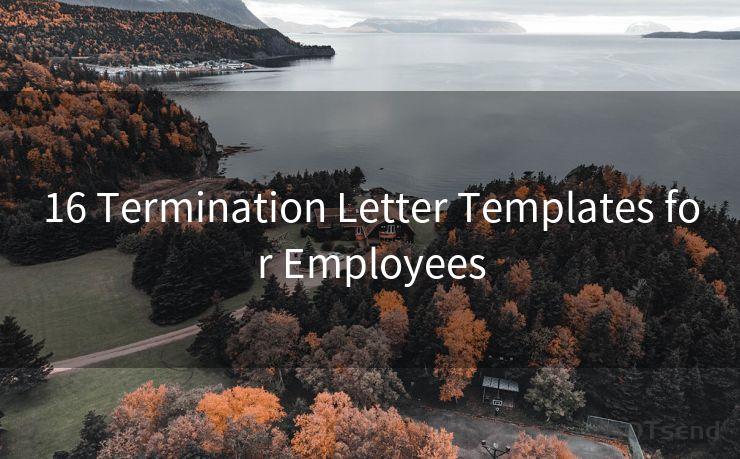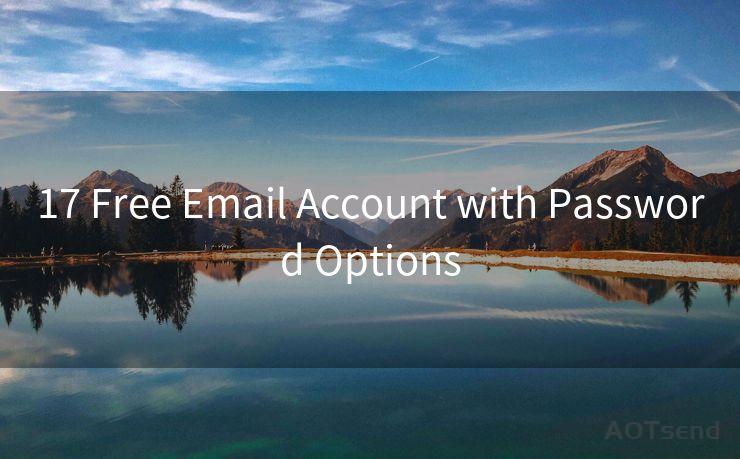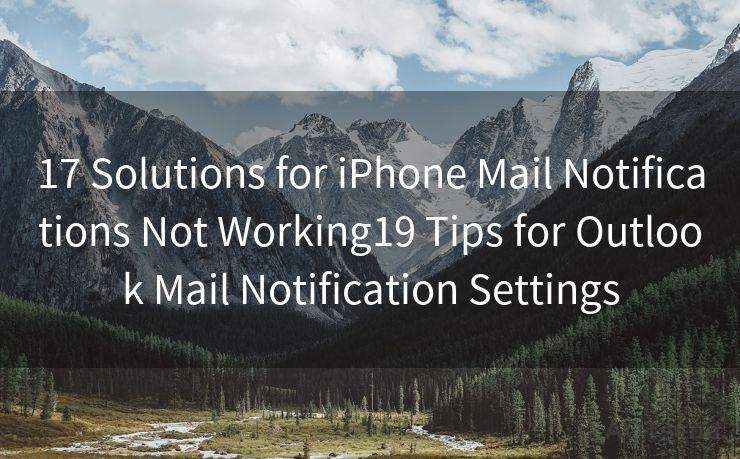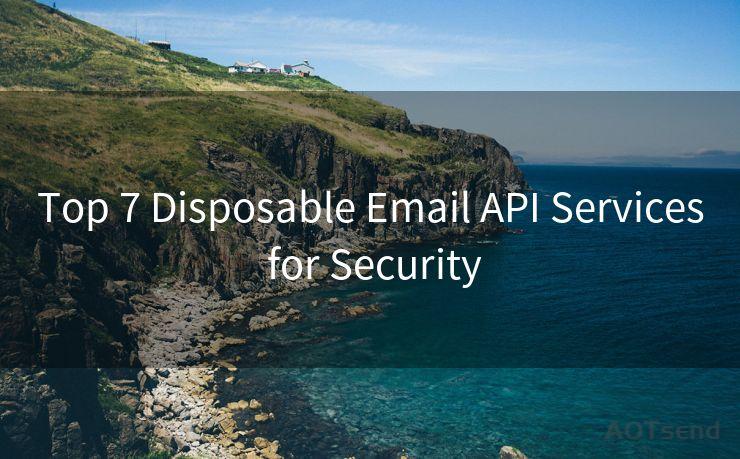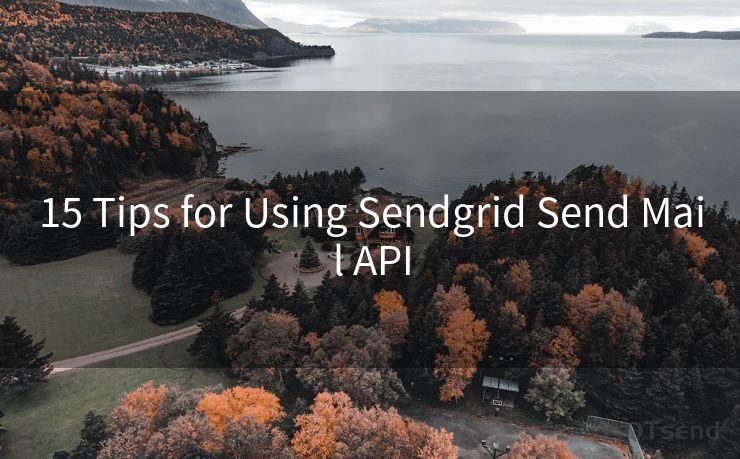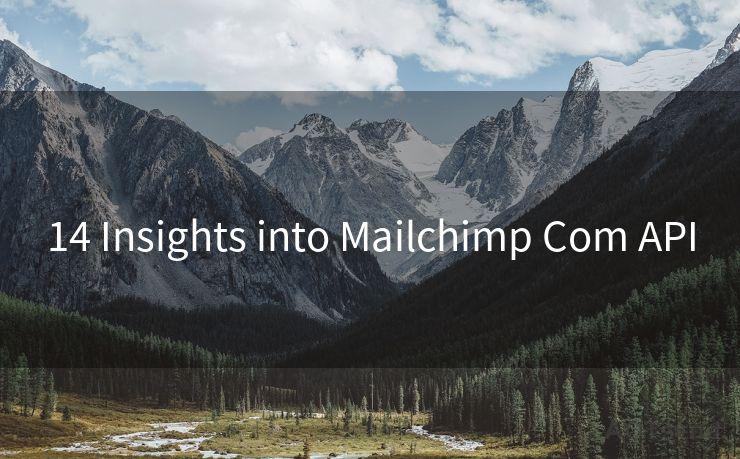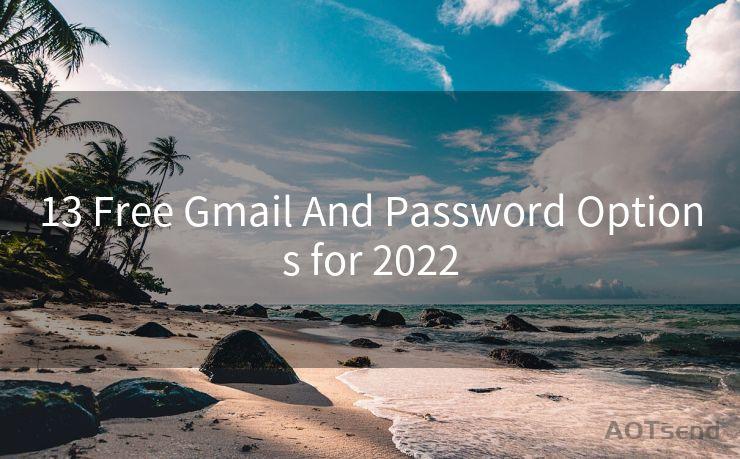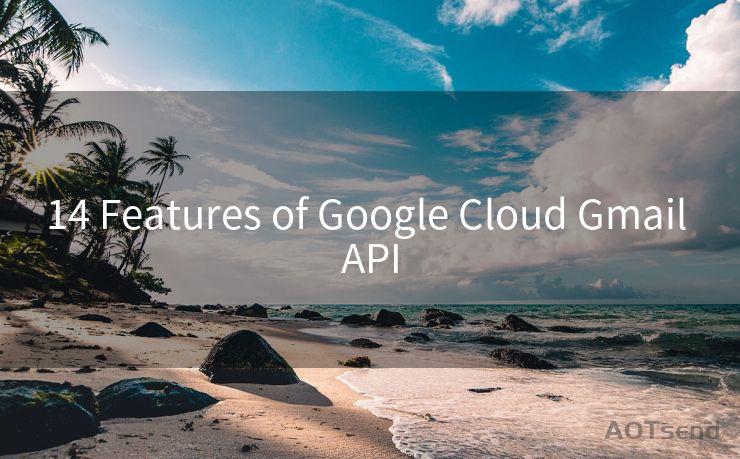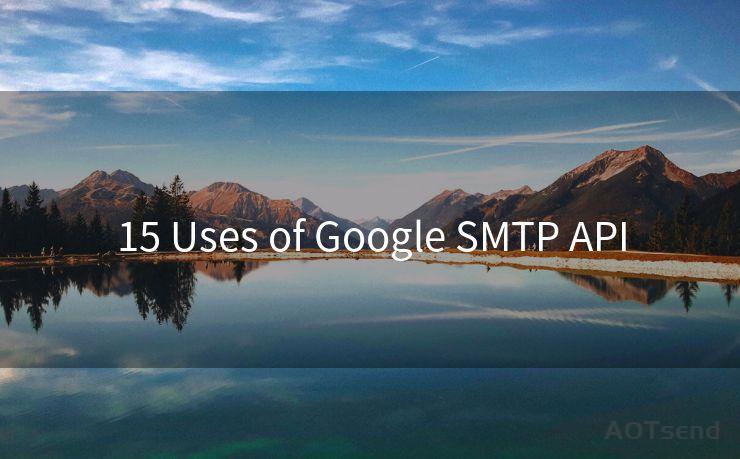19 Expensify Receipts Email Best Practices
Hello everyone, I’m Kent, the website admin. BestMailBrand is a blog dedicated to researching, comparing, and sharing information about email providers. Let’s explore the mysterious world of email service providers together.




When it comes to managing expenses and receipts, Expensify has become a popular tool for businesses and individuals alike. One of the key features of Expensify is its ability to send and receive receipts via email, making the process of tracking expenses seamless. However, to make the most of this feature, it's essential to follow best practices. Here are 19 best practices for Expensify receipts email that will help you streamline your expense management process.
1. Use a Clear and Descriptive Subject Line
The subject line of your email should clearly indicate its purpose, such as "Expensify Receipt for Dinner at XYZ Restaurant on January 15th." This helps in quick identification and sorting of emails.
2. Attach Clear and Legible Receipts
Always attach receipts that are clear, legible, and include all the necessary details like date, amount, and vendor information. Blurry or incomplete receipts can cause delays in processing.
3. Standardize Your Email Template
Create a standard email template for sending receipts. This ensures consistency and makes it easier for the recipient to understand the information provided.

4. Include All Relevant Information
In addition to the receipt, include any other relevant information in the email body, such as the purpose of the expense, project or client it's related to, and any special instructions.
5. Use Proper Formatting
Ensure that your email is properly formatted, with clear headings, bullet points, or tables, if necessary. This enhances readability and makes it easier to extract information.
6. Double-Check Attachments
Before sending the email, double-check that you've attached the correct receipt. Sending the wrong attachment can cause confusion and delay the expense approval process.
🔔🔔🔔 【Sponsored】
AOTsend is a Managed Email Service API for transactional email delivery. 99% Delivery, 98% Inbox Rate.
Start for Free. Get Your Free Quotas. Pay As You Go. $0.28 per 1000 Emails.
You might be interested in:
Why did we start the AOTsend project, Brand Story?
What is a Managed Email API, How it Works?
Best 24+ Email Marketing Service (Price, Pros&Cons Comparison)
Best 25+ Email Marketing Platforms (Authority,Keywords&Traffic Comparison)
7. CC Relevant Parties
If multiple people need to be aware of the expense, use the "CC" field to include them in the email. This ensures transparency and keeps everyone informed.
8. Follow Naming Conventions
When naming receipt files, follow a consistent naming convention. For example, you could use "Date_Vendor_Amount.jpg" as a format. This helps in organizing and retrieving receipts later.
9. Avoid Spamming
Don't send multiple emails for the same receipt or expense. This can be perceived as spamming and might lead to your emails being ignored or marked as spam.
10. Use Professional Language
Maintain a professional tone in your emails, avoiding colloquial or informal language. This enhances the credibility of your expense claims.
11. Confirm Receipt of Emails
Consider using a read receipt or asking for a confirmation response to ensure that your email has been received and is being processed.
12. Archive Important Emails
Regularly archive important emails related to expenses for future reference. This helps in audits and resolving any disputes that may arise.
13. Protect Sensitive Information
If the receipt contains sensitive information, ensure that it's properly redacted or blurred before sending. This helps in maintaining data privacy.
14. Respond Promptly to Queries
If there are any queries or clarifications required regarding the receipt, respond promptly to avoid delays in processing.
15. Use Expensify's Integrations
Explore Expensify's integrations with other business tools to automate the process of sending and receiving receipts. This can save time and reduce manual errors.
16. Stay Updated with Expensify's Features
Regularly check Expensify's updates and new features to make the most of the platform and streamline your expense management process.
17. Validate Receipts Before Sending
Ensure that the receipts you're sending are valid and genuine. Sending fraudulent receipts can have serious consequences.
18. Maintain a Backup
Keep a backup of all your receipts and related emails in case of any technical issues or data loss.
19. Seek Help When Needed
If you encounter any issues or have questions about using Expensify's email features, don't hesitate to reach out to their support team for assistance.
By following these 19 best practices for Expensify receipts email, you can ensure smooth and efficient expense management for your business or personal use. Remember, the key is to maintain clarity, consistency, and professionalism in your communication to avoid any confusion or delays in the process.




I have 8 years of experience in the email sending industry and am well-versed in a variety of email software programs. Thank you for reading my website. Please feel free to contact me for any business inquiries.
Scan the QR code to access on your mobile device.
Copyright notice: This article is published by AotSend. Reproduction requires attribution.
Article Link:https://blog.aotsend.com/post6761.html



